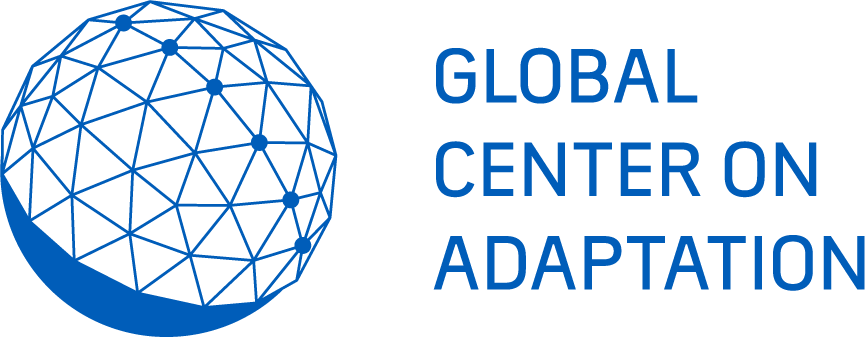Description
Outside of the African context, in Cambodia, the World Bank is supporting implementation of performance-based contracts to increase private sector engagement in the adaptation of the transport sector. IDA credit supports USD 170 million in road rehabilitation, building climate resilience and road safety in design and development, and improving road asset management. The World Bank’s Public-Private Infrastructure Advisory Fund is working in parallel with the IDA finance with Cambodian Ministries of Public Works and Transportation (MPWT) and Rural Development (MRD) to inform the project design of output and performance-based road contracts to engage the private sector. The aim of the structure is to employ additional support from the Global Facility for Disaster Reduction and Recovery to reduce the impact of frequent floods on roads and structure a results-based payment to transfer benefits of the investment and risk to the private sector.
Actors Involved
- World Bank (Public-Private Infrastructure Advisory Fund – PPIAF): The PPIAF provides grants to support government efforts to develop an enabling environment for private sector participation in infrastructure. PPIAF activities include designing and implementing policy, regulatory, and institutional reforms, organizing consultation workshops to develop technical capacity, and building governmental capacity.
- Government Ministries: Agencies within countries of implementation are critical to designing the output and performance-based road contracts and agreeing to terms – particularly in a sector where the assets are public goods.
- Global Facility for Disaster Reduction and Recovery (GFDRR): Managed by the World Bank, the GFDRR is a grant-funding mechanism that supports disaster risk management projects worldwide. The GFDRR programs include the Building Regulation for Resilience Program which provides technical assistance to support governments in strengthening building regulatory capacity and creating a more resilient built environment – including in the transport sector.
- Private Investors: Could include any private sector investors across commercial financial institutions, private equity, and institutional investors. Within the sector – there is moderate to high potential per ICA for direct investor engagement in various infrastructure subsectors including toll roads and bridges, rail, and ports under concession agreements and for institutional investment engagement for those same subsectors through securitization of concession bundles.
Criteria
Project pipeline: This instrument would be most valuable in countries in Africa with significant pools of transport pipeline which can be informed by a strong policy environment where adaptation projects are identified and prioritized and there is sufficient climate risk analytics capacity to ensure the projects meet set climate adaptation criteria.
Engaged private sector: This structure will function best in countries or regions with strong untapped private investors (direct investors and/or institutional investors) who could be engaged through the PPP structure to engage with the results-based payment.
Applicable Countries
Though this structure has been implemented outside of Africa, in Cambodia, the concept is applicable in many African markets with a project pipeline of adaptation projects in the water sector and an engaged private sector. Judging from just countries where IDA or IBRD have financed adaptation in the transport sector in 2017-18, Morocco, Madagascar, and Lesotho could all be early candidates for a similar structure in Africa. Of those three countries, Morocco has by far the strongest private sector as measured by domestic credit to the private sector (as a % of GDP) – as 87% compared to 21% for both Morocco and Madagascar and as measured by ease of doing business index where Morocco ranks 53rd (compared to 122 for Lesotho and 138 for Mozambique).


